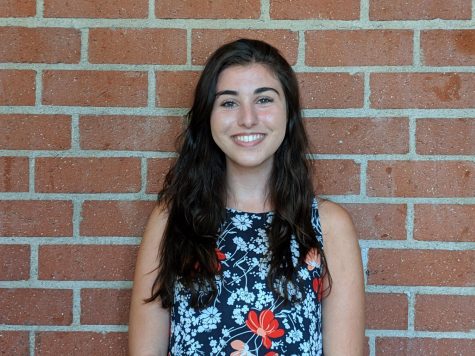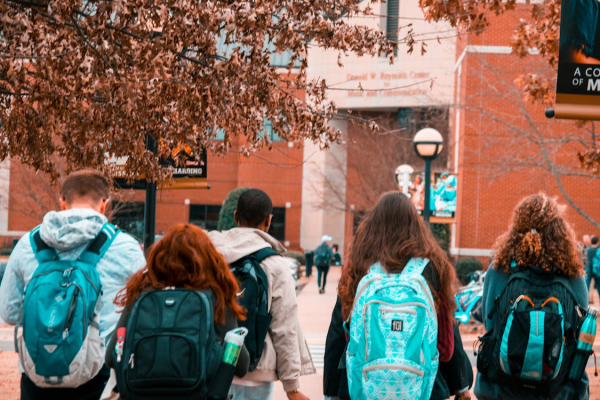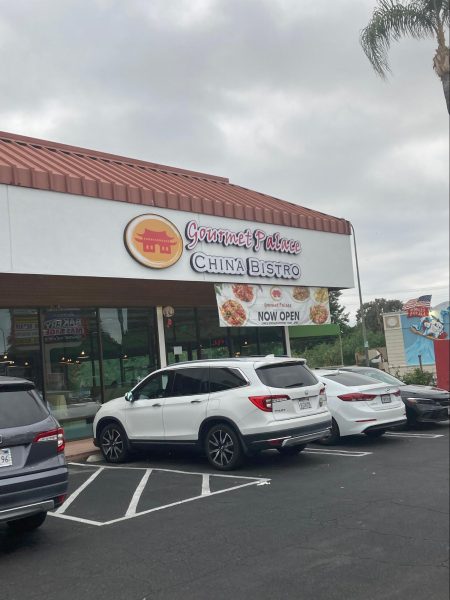2020 Census
The United States decennial census officially begins on April 1, 2020 and will be the first conducted primarily online. As such, libraries will be playing an essential role in the success of enumeration. Not only will they be providing internet to those who are unable to fill out the form at home, but they will also be a source of information for anyone with questions or concerns.
In an interview with the Library Journal, Gavin Baker, Assistant Director of Government Relations at the American Library Association (ALA) Washington Office and the co-lead on ALA’s 2020 Census Task Force, spoke about how “people come to libraries and will ask, ‘Can I get online to do this? I’ve got to fill out this form, and I don’t have a computer at home,’ or, ‘I’m not very comfortable with computers…Or just bring questions about it. ‘I got this in the mail. Is it real? Do I actually have to do this, or is this some kind of scam?’”
While there weren’t a large number of people coming into libraries with questions in 2019, Cecilia Tovar, the Principal Librarian for the Branch and Public Services Division at the Santa Monica Public Library was “expecting that to change at the beginning of 2020.”
As of 2013, the Census Bureau closed six regional offices across the country, leaving six open staffed offices and 248 area offices, almost half as many as in 2010 (U.S. Census Bureau/census.gov). As a result, there are concerns regarding how the reduced census workforce could affect the accuracy of enumeration in communities that are rural, low-income, or a minority, which have proven historically hard to count or underrepresented. When it comes to these hard to count populations, the census “doesn’t miss everybody equally,” says Baker. Another group that are most likely to be undercounted are children. The 2010 census missed more than two million children under the age of five (U.S. Census Bureau). Because census numbers provide information for Head Start programs, children’s health insurance, and free or reduced-price school lunches, this information is crucial.
Many of these populations also have limited internet access, which can unintentionally bar people from participation. The good news? They can still fill out their forms at a local library. “For communities that are traditionally hard-to-count, libraries can advocate for completing the census”, asserted Tovar. According to a study by the City University of New York Graduate Center for Urban Research, almost 99% of these communities are within five miles of a library, and in each of the nation’s 100 largest cities, all hard-to-count neighborhoods are within one mile.
Libraries can take on a variety of responsibilities when it comes to the census. Complete Count Committees (CCC’s) are groups organized specifically to create awareness around the census through “locally-based, targeted outreach efforts,” and both libraries and library workers are encouraged to serve as partners (census.gov). In a webinar conducted by the Association of College and Research Libraries on November 15 of 2019, Larra Clark, Deputy Director of Public Policy and Advocacy in ALA, says that “anytime that a government process or any process moves online it has an impact… on public libraries but also other libraries that provide public access as well.”
ALA has been working with the Census Bureau and with Congress to make sure that the libraries will get the resources that they need from the Census Bureau and their roles throughout the time of enumeration will be seen. The Census Bureau, as a result, has been visiting various library conferences, setting up booths with census representatives who have brochures, promotional materials, and offering information about how people can apply for census jobs. “There are job applications to apply to work for the census online, as is the training (to do so). All of these are areas that could have impacts for library computers and public access,” said Clark.
Just as Clark mentions in the webinar, public libraries, like the Santa Monica Public Library, “doing fantastic work with complete count committees in partnering with Census Bureau officials with local elected officials and community organizations”. According to Cecilia Tovar, her library has “formed complete count committees to help us inform the community about the importance of the census, especially in hard to count areas. We are also going to make sure our library staff is well prepared to help the community in answering questions and providing free online access.”
The American Library Association’s (ALA) 2020 Census Library Outreach and Education Task Force partnered with the Georgetown Center on Poverty and Inequality to produce the Libraries’ Guide to the 2020 Census, which was released in May. The 18-page guide outlines how libraries can get involved before and during the census process, and provides a vast array of information for libraries, such as detailing what hard-to-count populations may look like, highlighting potential areas of misinformation, and providing answers to frequently asked questions.
In 2018, a group of California librarians responded to the Leadership Challenge issued by the California Library Association and the California State Library, which called for rising library leaders statewide to develop solutions to issues in their communities. In response, the toolkit, Census and Sensibility: Preparing Your Library for the 2020 Census, was issued in May. After explaining why libraries need to play a role in the census process and providing resources, it also provides information on how the library can be an active participant, including suggestions on programming, a preparedness checklist, sample flyers, and information on where staff can find additional training.
Due to the fact that people seem less trusting of how their information will be used in this soon-approaching census, Tovar hopes to see an increase of participants from 2010, given that “communities tend to value and trust libraries. Librarians are a resource and often they not only provide information but also connect the community with books, programs, and services for further learning…not only they will have immediate help, but they could also discover other resources that might be an interest to them.”







